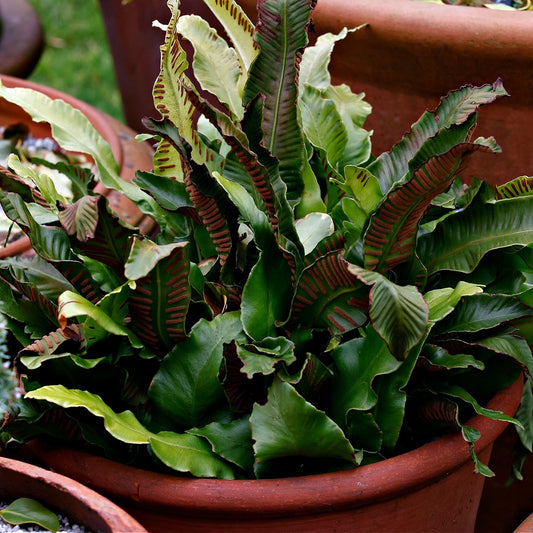Collection: Fern Plants
-
Christmas Fern
Choose OptionsRegular price $0.89 USDRegular priceUnit price / per -
Ostrich Ferns
Choose OptionsRegular price $1.39 USDRegular priceUnit price / per -
Hay Scented Fern
Choose OptionsRegular price $0.99 USDRegular priceUnit price / per -
Fiddlehead Fern
Choose OptionsRegular price $0.99 USDRegular priceUnit price / per -
Lady Fern
Choose OptionsRegular price $0.99 USDRegular priceUnit price / per -
Bracken Fern
Choose OptionsRegular price $1.19 USDRegular priceUnit price / per -
Maidenhair Ferns
Choose OptionsRegular price $0.99 USDRegular priceUnit price / per -
Cinnamon Fern
Choose OptionsRegular price $1.39 USDRegular priceUnit price / per -
New York Ferns
Choose OptionsRegular price $0.87 USDRegular priceUnit price / per -
Walking Ferns
Choose OptionsRegular price $0.89 USDRegular priceUnit price / per -
Royal Ferns
Choose OptionsRegular price $1.39 USDRegular priceUnit price / per -
Glade Fern (Tennessee Ostrich)
Choose OptionsRegular price $1.39 USDRegular priceUnit price / per -
Sensitive Ferns
Choose OptionsRegular price $0.99 USDRegular priceUnit price / per













